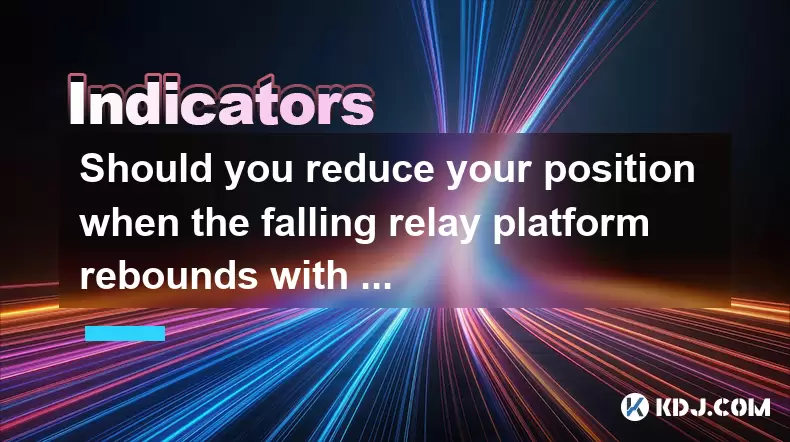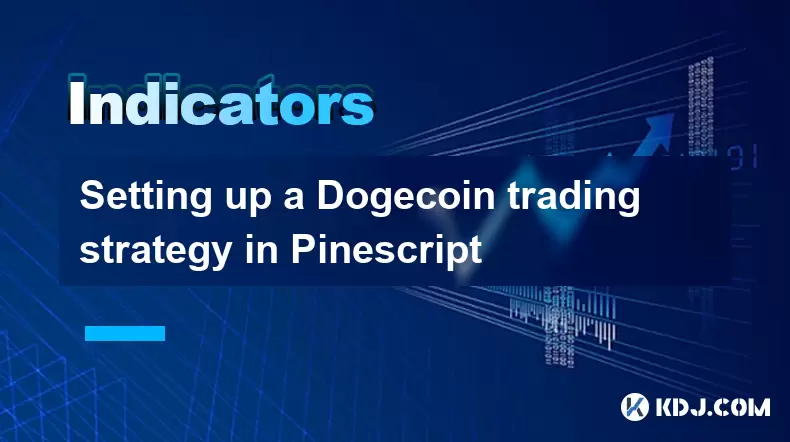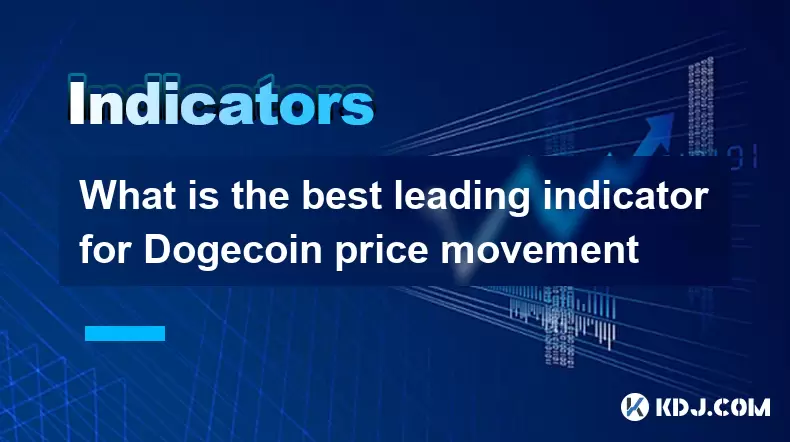-
 Bitcoin
Bitcoin $108,802.0448
0.59% -
 Ethereum
Ethereum $2,556.7655
1.66% -
 Tether USDt
Tether USDt $1.0001
-0.02% -
 XRP
XRP $2.2765
2.15% -
 BNB
BNB $662.6901
1.16% -
 Solana
Solana $151.4936
2.68% -
 USDC
USDC $0.9999
0.00% -
 TRON
TRON $0.2857
0.49% -
 Dogecoin
Dogecoin $0.1704
4.33% -
 Cardano
Cardano $0.5847
1.63% -
 Hyperliquid
Hyperliquid $39.2227
-0.47% -
 Sui
Sui $2.9110
0.60% -
 Bitcoin Cash
Bitcoin Cash $491.8681
1.55% -
 Chainlink
Chainlink $13.4311
2.12% -
 UNUS SED LEO
UNUS SED LEO $9.0273
0.09% -
 Avalanche
Avalanche $18.1653
1.64% -
 Stellar
Stellar $0.2442
2.69% -
 Toncoin
Toncoin $2.8966
5.36% -
 Shiba Inu
Shiba Inu $0.0...01180
2.95% -
 Litecoin
Litecoin $87.8955
1.49% -
 Hedera
Hedera $0.1573
1.30% -
 Monero
Monero $316.6881
0.88% -
 Polkadot
Polkadot $3.3938
1.37% -
 Dai
Dai $0.9999
-0.01% -
 Ethena USDe
Ethena USDe $1.0001
-0.01% -
 Bitget Token
Bitget Token $4.3976
0.08% -
 Uniswap
Uniswap $7.4020
6.83% -
 Pepe
Pepe $0.0...01000
3.22% -
 Aave
Aave $276.6854
2.05% -
 Pi
Pi $0.4586
-0.62%
Should you reduce your position when the falling relay platform rebounds with shrinking volume?
A falling relay platform pattern signals continued downtrend momentum, marked by brief rebounds on shrinking volume, offering traders key insights for position adjustments and risk management.
Jul 02, 2025 at 07:35 am

Understanding the Falling Relay Platform Pattern
The falling relay platform pattern is a technical analysis formation typically observed during a downtrend. It consists of alternating periods of price decline followed by brief consolidation or slight upward movement, resembling a series of descending plateaus. These platforms may give traders the illusion of a potential reversal, but they often precede further downside momentum.
In this structure, each consolidation phase usually sees diminishing trading volume, indicating weakening buyer interest and persistent selling pressure. Recognizing this pattern early can help traders avoid false signals and make more informed decisions about position sizing and risk management.
Interpreting Shrinking Volume During a Rebound
When a falling relay platform experiences a rebound with shrinking volume, it suggests that the rally lacks conviction from buyers. Volume is a critical indicator in confirming price action; low volume during a bounce implies that institutional or large-scale traders are not actively participating in the move.
This type of rebound is often short-lived and can be attributed to short-covering or minor profit-taking by retail traders. As such, any bullish signals should be treated with caution, especially when volume fails to support the upward movement. This weak participation may signal an imminent resumption of the downtrend.
Evaluating Position Reduction Strategies
Deciding whether to reduce your position during a rebound in a falling relay platform setup depends on several factors including your trading strategy, risk tolerance, and time frame. If you entered the trade earlier in the downtrend and the current rebound occurs on low volume, it might be prudent to consider partial profit-taking.
- Traders who follow strict risk-reward ratios may find it beneficial to exit a portion of their position here.
- Those using trailing stops could maintain exposure while protecting gains.
- Conservative traders may prefer to close the entire position if key support levels appear vulnerable.
Each approach has its merits, but reducing exposure at this stage can help preserve capital and mitigate the risk of sudden reversals or unexpected volatility.
Technical Indicators That Can Confirm Weakness
To enhance decision-making during these scenarios, traders can rely on technical indicators that highlight momentum and trend strength. The Relative Strength Index (RSI) and Moving Average Convergence Divergence (MACD) are particularly useful for identifying divergences between price and momentum.
- A rising price accompanied by a falling RSI line may indicate hidden weakness.
- MACD histograms that shrink during a rebound suggest decreasing bullish momentum.
- On-balance volume (OBV) can confirm whether buying pressure is truly absent.
Combining these tools with chart patterns like the falling relay platform can offer a more comprehensive view of market sentiment and improve the timing of position adjustments.
Risk Management Considerations
Risk management should always take precedence over entry or exit timing. When dealing with complex price structures like the falling relay platform, it’s essential to define stop-loss levels and position sizes in advance.
- Placing a stop above the most recent swing high can limit losses if the rebound turns into a stronger reversal.
- Adjusting position size based on volatility and volume can prevent overexposure.
- Setting predefined profit targets helps avoid emotional decision-making during uncertain moves.
By adhering to these principles, traders can better navigate markets even when faced with ambiguous patterns and uncertain volume behavior.
Frequently Asked Questions
Q: How can I differentiate between a genuine reversal and a false bounce in a falling relay platform?
A: Look for confluence between price action, volume, and momentum indicators. A real reversal often comes with a breakout above a key resistance level and a surge in volume, whereas a false bounce typically shows lack of volume and divergence in oscillators.
Q: Should I completely exit my position during a low-volume rebound in this pattern?
A: Not necessarily. Depending on your strategy, you can choose to partially exit and trail the remaining portion. Always assess your individual risk appetite and the broader market context before making a full exit.
Q: Are there specific candlestick patterns that validate the continuation of the downtrend after a rebound?
A: Yes, bearish candlestick formations like engulfing patterns, dark cloud covers, or shooting stars near resistance zones can increase the probability of a renewed downtrend, especially when confirmed by declining volume.
Q: Is the falling relay platform pattern reliable across all time frames?
A: While it can appear on various time frames, its reliability tends to be higher on higher time frames like the 4-hour or daily charts. Lower time frames may produce more noise and false signals, requiring additional confirmation.
Disclaimer:info@kdj.com
The information provided is not trading advice. kdj.com does not assume any responsibility for any investments made based on the information provided in this article. Cryptocurrencies are highly volatile and it is highly recommended that you invest with caution after thorough research!
If you believe that the content used on this website infringes your copyright, please contact us immediately (info@kdj.com) and we will delete it promptly.
- Litecoin Breakout Watch: What Traders Need to Know Now
- 2025-07-06 16:50:13
- Bitcoin, Solana, Ethereum: Decoding the Latest Buzz on the Blockchain
- 2025-07-06 16:50:13
- Widnes Resident's 50p Could Be Your Ticket to Easy Street: Rare Coin Mania!
- 2025-07-06 16:55:13
- Bitcoin, Solaris Presale, and Token Rewards: What's the Buzz?
- 2025-07-06 16:55:13
- Ethereum Under Pressure: Price Drop Amid Global Uncertainties
- 2025-07-06 17:00:13
- XRP, SEC Case, and Prosperity: A New Era for XRP Holders?
- 2025-07-06 17:10:13
Related knowledge

How to spot manipulation on the Dogecoin chart
Jul 06,2025 at 12:35pm
Understanding the Basics of Chart ManipulationChart manipulation in the cryptocurrency space, particularly with Dogecoin, refers to artificial price movements caused by coordinated trading activities rather than genuine market demand. These manipulations are often executed by large holders (commonly known as whales) or organized groups aiming to mislead...

What is the significance of a Dogecoin engulfing candle pattern
Jul 06,2025 at 06:36am
Understanding the Engulfing Candle Pattern in CryptocurrencyThe engulfing candle pattern is a significant technical analysis tool used by traders to identify potential trend reversals in financial markets, including cryptocurrencies like Dogecoin. This pattern typically consists of two candles: the first one is relatively small and indicates the current...

Dogecoin monthly chart analysis for long term investors
Jul 06,2025 at 10:08am
Understanding the Dogecoin Monthly ChartFor long-term investors, analyzing the monthly chart of Dogecoin (DOGE) provides a macro view of its price behavior over extended periods. The monthly chart captures major trends, key resistance and support levels, and potential reversal zones that are crucial for strategic investment planning. Unlike daily or hou...

How to manage risk using ATR on Dogecoin
Jul 06,2025 at 02:35am
Understanding ATR in Cryptocurrency TradingThe Average True Range (ATR) is a technical indicator used to measure market volatility. Originally developed for commodities, it has found widespread use in cryptocurrency trading due to the high volatility inherent in digital assets like Dogecoin (DOGE). The ATR calculates the average range of price movement ...

Setting up a Dogecoin trading strategy in Pinescript
Jul 06,2025 at 05:00pm
Understanding Dogecoin and Its Place in the Cryptocurrency MarketDogecoin (DOGE) is a decentralized, peer-to-peer cryptocurrency that was initially created as a joke but has since gained significant traction in the crypto market. Despite its humorous origins, Dogecoin has been adopted by a large community and supported by notable figures such as Elon Mu...

What is the best leading indicator for Dogecoin price movement
Jul 06,2025 at 06:00pm
Understanding Leading Indicators in CryptocurrencyIn the world of cryptocurrency trading, leading indicators play a crucial role in forecasting price movements before they occur. These tools are used by traders to anticipate potential market changes and make informed decisions. For Dogecoin (DOGE), which is known for its volatile nature and strong commu...

How to spot manipulation on the Dogecoin chart
Jul 06,2025 at 12:35pm
Understanding the Basics of Chart ManipulationChart manipulation in the cryptocurrency space, particularly with Dogecoin, refers to artificial price movements caused by coordinated trading activities rather than genuine market demand. These manipulations are often executed by large holders (commonly known as whales) or organized groups aiming to mislead...

What is the significance of a Dogecoin engulfing candle pattern
Jul 06,2025 at 06:36am
Understanding the Engulfing Candle Pattern in CryptocurrencyThe engulfing candle pattern is a significant technical analysis tool used by traders to identify potential trend reversals in financial markets, including cryptocurrencies like Dogecoin. This pattern typically consists of two candles: the first one is relatively small and indicates the current...

Dogecoin monthly chart analysis for long term investors
Jul 06,2025 at 10:08am
Understanding the Dogecoin Monthly ChartFor long-term investors, analyzing the monthly chart of Dogecoin (DOGE) provides a macro view of its price behavior over extended periods. The monthly chart captures major trends, key resistance and support levels, and potential reversal zones that are crucial for strategic investment planning. Unlike daily or hou...

How to manage risk using ATR on Dogecoin
Jul 06,2025 at 02:35am
Understanding ATR in Cryptocurrency TradingThe Average True Range (ATR) is a technical indicator used to measure market volatility. Originally developed for commodities, it has found widespread use in cryptocurrency trading due to the high volatility inherent in digital assets like Dogecoin (DOGE). The ATR calculates the average range of price movement ...

Setting up a Dogecoin trading strategy in Pinescript
Jul 06,2025 at 05:00pm
Understanding Dogecoin and Its Place in the Cryptocurrency MarketDogecoin (DOGE) is a decentralized, peer-to-peer cryptocurrency that was initially created as a joke but has since gained significant traction in the crypto market. Despite its humorous origins, Dogecoin has been adopted by a large community and supported by notable figures such as Elon Mu...

What is the best leading indicator for Dogecoin price movement
Jul 06,2025 at 06:00pm
Understanding Leading Indicators in CryptocurrencyIn the world of cryptocurrency trading, leading indicators play a crucial role in forecasting price movements before they occur. These tools are used by traders to anticipate potential market changes and make informed decisions. For Dogecoin (DOGE), which is known for its volatile nature and strong commu...
See all articles

























































































